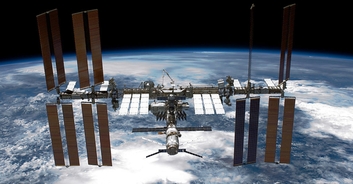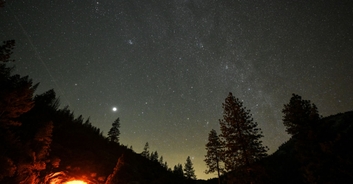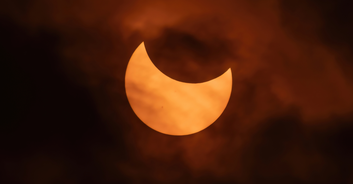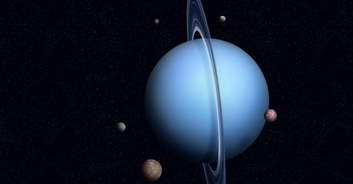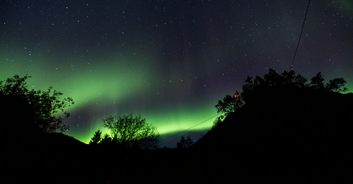NASA has revealed a breathtaking picture that showed what the solar eclipse looked like from an astronaut's perspective in outer space.
Solar eclipses are a rare spectacle that occurs when the moon passes between Earth and the sun, temporarily blocking the sun’s light and casting a stunning shadow on Earth.
The sun is about 400 times further from our planet than the moon is, but as the Sun is much bigger, they appear to be the same size when they pass each other during this extraordinary event, showcasing the Sun's eye-catching solar bursts from the sides.
According to Space.com, the last century has witnessed a total of 75 solar eclipses, spanning from 1925 to 2024, including annular-total/hybrid and non-central total eclipses.

This year, tens of millions of people were treated with the rare and dazzling celestial event as it swept across North America on Monday afternoon (April 8).
For stargazers, eclipse chasers, and astronomy enthusiasts, NASA shared a riveting video of what the eclipse looked like from space. The footage shows an unsettling black blotch floating across our planet, which makes it look like a frightening scene from a dystopian film.
Watch how the solar eclipse looked from space below:
Former NASA scientist and veteran astronaut Terry Virts has witnessed the spectacle in space, and opened up about the occasion to USA Today, sharing: "When I was in space in 2015, we saw an eclipse over the North Atlantic.
"It was an eclipse that very few humans saw I think, but it was a really unique experience to look down and just see this big black circle kind of moving across the planet," he continued.
"It was unlike anything I've ever seen," Virts added. "I joke I'm glad they told us there was an eclipse because it would have been unsettling to look down at Earth and see this black spot moving across. It was really cool."

Almost 32 million people were in the path of totality as the moon’s shadow traversed the Mexico-Texas border and crossed 15 states, although many in the south and midwest, were denied a clear view by low clouds and rain.
The phenomenal affair reached a maximum duration of four minutes and 28.2 seconds in north-central Mexico, firmly securing its position in the "Four Minute or Greater Club," per Space.com
President Joe Biden shared a message from the White House, describing the eclipse as an event "worth marveling at," and advising people to use safety glasses to look at the sun.
Pam Melroy, the deputy head of NASA, and a retired astronaut who has degrees in astronomy and planetary sciences, said that there's "something very mysterious about a total solar eclipse," adding: "When literally day turns to night, animals start to behave differently, and we see changes in the Earth’s atmosphere.
"It’s a mystical, mysterious experience. And I love the thought that millions of Americans stood together today, looking up into the sky," she explained, as cited by The Guardian.

The total eclipse is also an excellent chance for scientists to examine changes in part of the Earth's upper atmosphere known as the ionosphere, as it affects radio waves used for transmission and navigation.
"Disturbances in this layer can cause issues with GPS and communications," said Kelly Korreck, the eclipse program manager at NASA headquarters, as per Phys.org.
The next total solar eclipse visible from parts of the U.S. won't happen until August 23, 2044.






